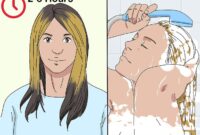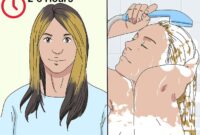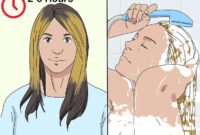How To Treat Female Hair Loss – smartesthairstyles.com – Hair loss in women of any age and for any reason is discouraging, frustrating and sometimes even devastating. The most common form of hair loss in women is called female pattern baldness, or FPHL. Many factors are responsible for hair loss, including medical conditions, genetics, some medications, harsh scalp or hair treatments, and hormonal changes. Methods of treating this condition in women are effective in some cases, but in other cases, medical and surgical intervention may be required to restore hair growth.
- How to determining the cause of hair loss
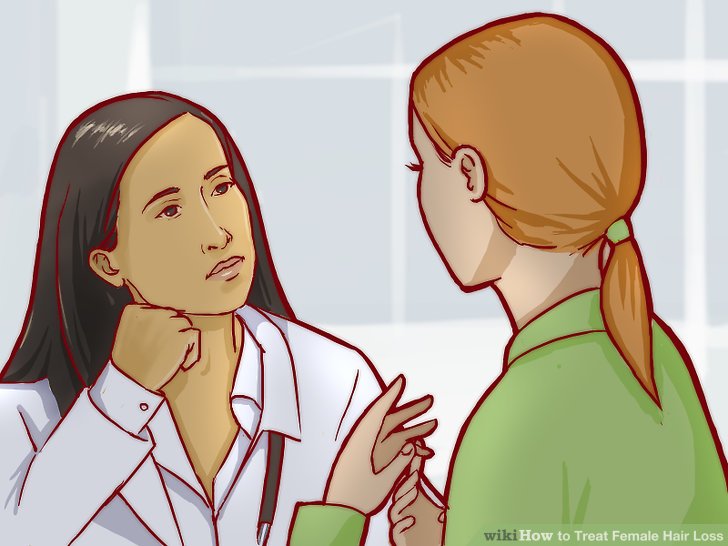
Visit your doctor to rule out a medical condition. Several medical conditions can affect normal hair growth and development, either temporarily or permanently. Some of these conditions include the following :
– Iron deficiency anemia.
– Thyroid disorders.
– Deficiency in zinc, vitamin D and possibly the B vitamin group.
– Changes in hormone levels of androgen, testosterone and estrogen-derived hormones.
– Autoimmune disease.
– Great mental stress.
– Physical trauma.
– Scalp infections and skin diseases.
– Diabetes.
– Lupus
– Trichotillomania.
– Emphasize
– Hair loss after childbirth
– Extreme weight loss or extreme dietary changes.
– Severe infection accompanied by high fever.
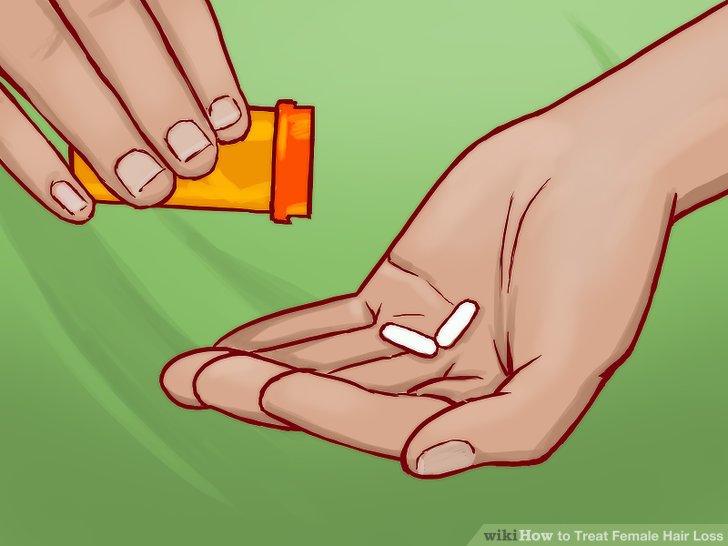
Treat the medical condition. Medical conditions can lead to either temporary or permanent hair loss problems.
With the help of your doctor and possibly medical professionals who practice in specialty areas, treating the underlying condition can solve your hair loss problem.
Your doctor will want as much information as possible about your hair loss problem, so be prepared to discuss this issue in depth. Be ready to describe when it started, any major life events that occurred just before the problem, steps you took to solve it, and how much stress hair loss is causing you.
If an underlying condition is discovered, specialists who may be part of your treatment may include endocrinologists, dermatologists, nutritionists, and psychiatrists.
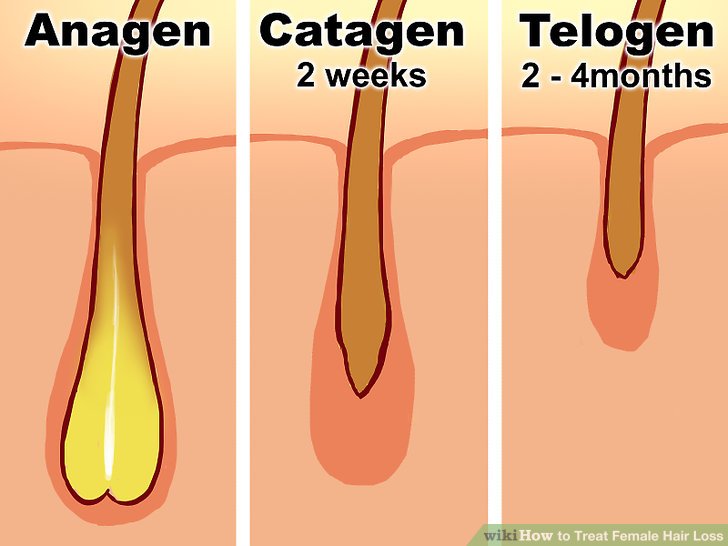
Understand how your hair grows. Many of the conditions listed affect one of the three phases of hair growth.
The anagen phase is the period when your hair is actively growing. Around 85% of your hair is in the anagen or growth phase at any given time.
The catagen phase is a short period of about two weeks that allows the follicle to regenerate. Hair growth stops during the catagen phase.
The telogen phase is considered the resting phase of hair growth and lasts two to four months. At the end of this phase, the hair falls out. Most people typically lose about 100 hairs each day due to hairs that are in the telogen phase.
Many diseases encourage hair to enter the telogen phase. This can result in up to 300 hairs being lost every day. The medical term for excessive hair loss during this phase is telogen effluvium.
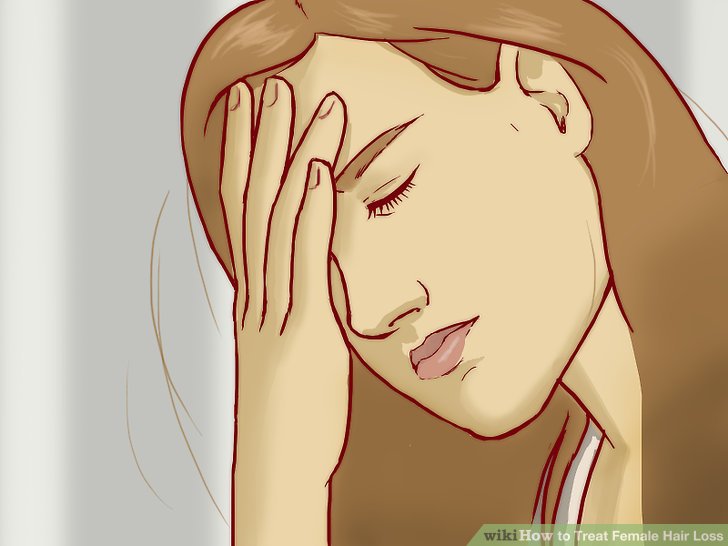
Realize that telogen effluvium is often temporary. Many conditions that cause hair to enter the telogen phase can be treated.
Because your hair remains in the telogen phase for several months, your hair loss may not occur immediately after the triggering event. These include physical trauma and severe emotional stressors.
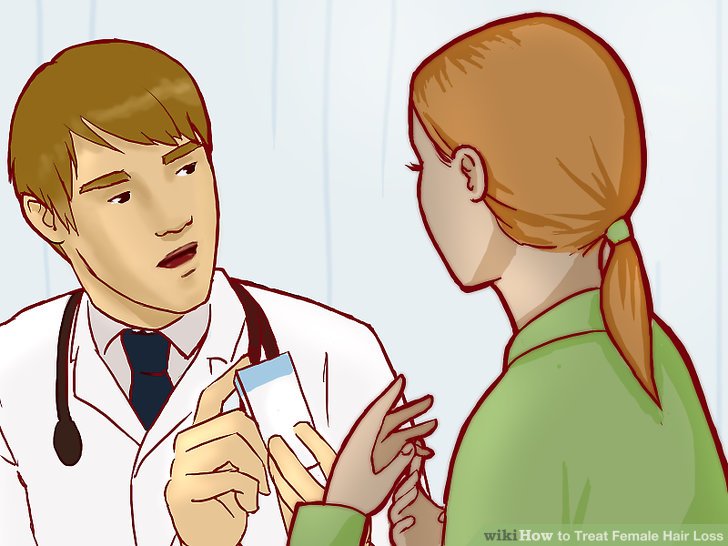
Check your medications with your doctor. Many medications can cause temporary hair loss.
Do not change your medication for any reason. Talk to your doctor about your concerns. If you feel a medication is causing your hair loss, your doctor may be able to help, either by adjusting the dose or prescribing a similar medication to replace it.
Some medications known to contribute to hair loss are lithium, warfarin, heparin, and levodopa.
Drugs classified as beta blockers can also cause hair loss. Examples of drugs in this class are propranolol, atenolol, and metoprolol.
Amphetamine derivatives can cause hair loss. Examples of amphetamine medications are amphetamine salts, most commonly known by the brand name Adderall®, dextroamphetamine, and lisdexamfetamine.
Chemotherapy drugs like doxorubicin often cause sudden and complete hair loss, as does radiation therapy associated with cancer treatment.
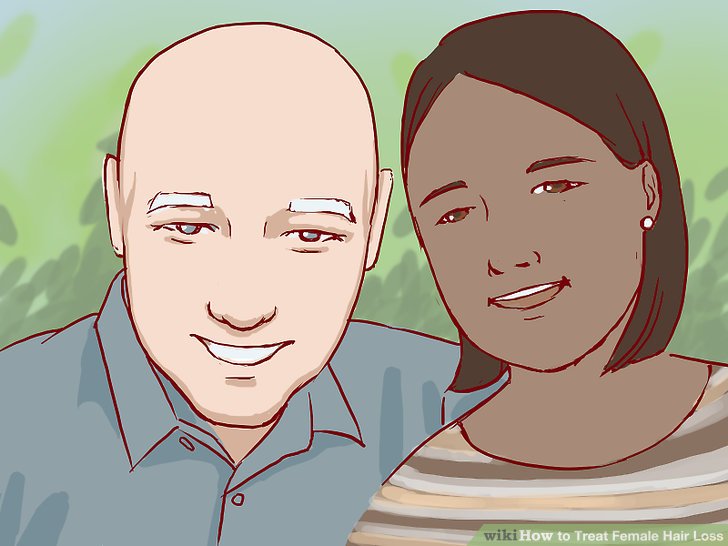
Consider the role of genetics. Having family members who have developed hair loss is an indicator that you may also be susceptible.
The most common pattern of genetic hair loss includes hair loss at an earlier age than normal, hair loss faster than normal, and general thinning of hair in women.
About 21% of hair loss in women is genetic.
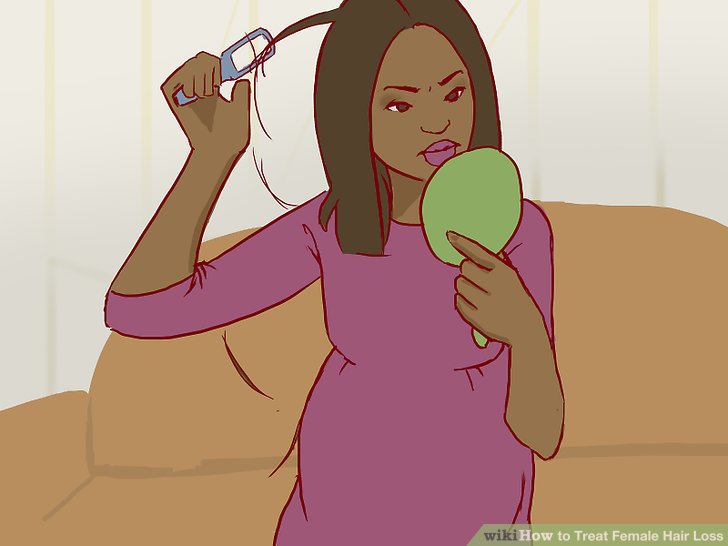
Recognize hair loss due to hormonal changes. Some situations that cause hormonal fluctuations result in temporary hair loss, while others result in a gradual but permanent change in hair growth.
A good example of temporary hair loss is pregnancy and childbirth.
The onset of menopause is often accompanied by noticeable hair loss. Menopause is part of the normal aging process and the associated changes in hormone levels lead to a gradual thinning of hair.
Some women with hair loss at an earlier than normal age or with excessive hair loss have been tested for changes in levels of male hormones, including androgens such as testosterone. The results of these studies are inconclusive as to the role these hormones may play in causing hair loss in women.
Your doctor can help you determine the role of hormones in your situation by doing a blood test. Severe hormonal imbalances can be treatable in some cases.
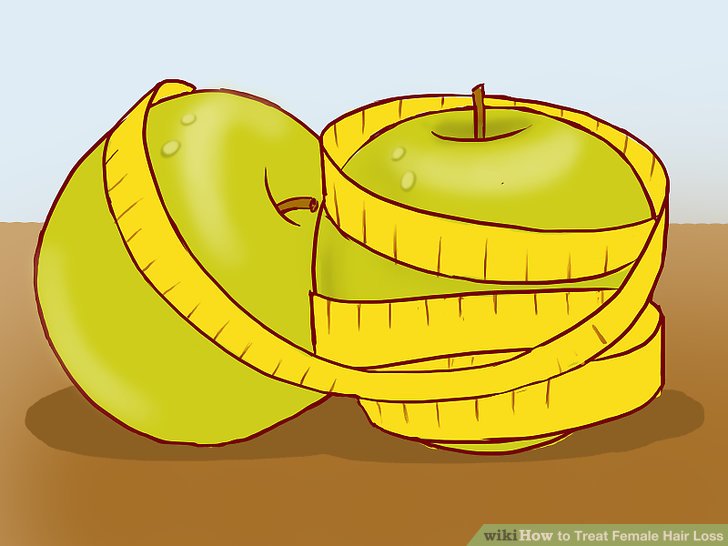
Assess your diet. Sudden changes in your diet and sudden weight loss can contribute to hair loss.
In most cases, diet-related hair loss falls into the telogen effluvium category, which means it’s often temporary.
Talk to your doctor or work with a nutritionist. Your doctor can perform physical exams and laboratory work that can provide clues about vitamin or nutrient deficiencies.
Working with a nutritionist can help introduce foods into your regular diet that address identified vitamin or nutrient deficiencies and help resolve the hair loss problem.
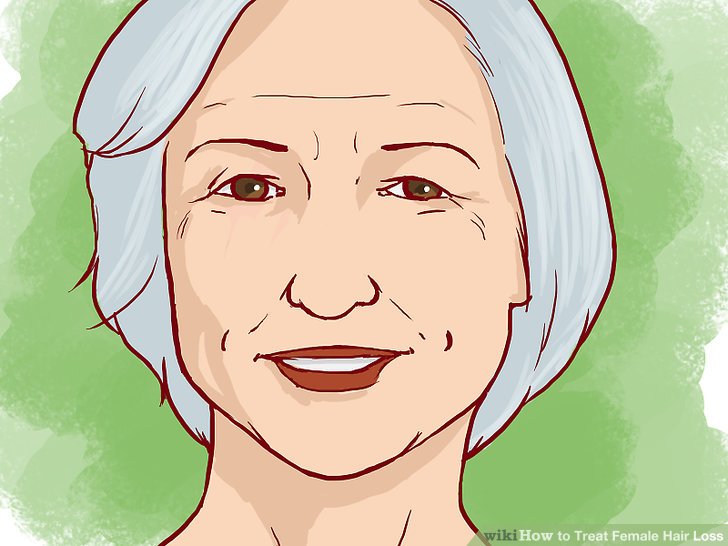
Recognize the changes that come with age. The normal aging process causes follicles to gradually decrease in size.
Reduced follicle size means that the area of your scalp that supports the hair roots gets smaller, but the number of follicles basically stays the same.
The general reduction in the size of the hair follicles allows the hair to still grow and develop as it always has, except that the hairs are much finer, resulting in thinning of the hair as opposed to bald areas.
Studies conducted on women with FPHL indicate that the normal aging process includes hair loss. This usually begins around the age of around 40, with the greatest effects in women aged 70 and older.
- How to treat hair loss with medication
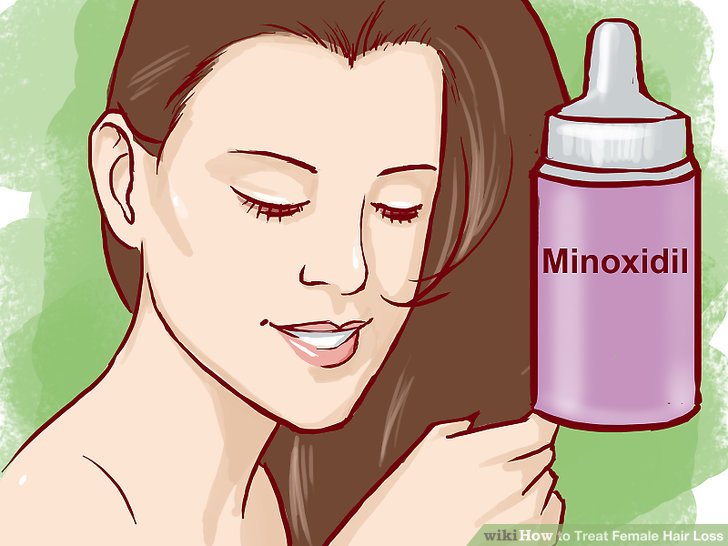
Try applications of products containing minoxidil. Various brand names are manufactured that contain minoxidil. The best-known branded product is called Rogaine.®
Monixodil is available over the counter in 2% and 5% strengths. The products are made in a topical solution or foam. The 2% product is recommended for use in women
The product instructions recommend applying the solution or foam no more than twice a day.
The results show that minoxidil use helps hair growth in about 20% to 25% of women, but stops further hair loss in most women who try the product.
Once you start using the product, it is necessary to use it long-term to continue seeing positive results. As soon as the product is no longer used, its effectiveness wears off.
The most common side effects of minoxidil include scalp irritation and unwanted hair growth on the face or hands. Sometimes systemic absorption can cause tachycardia, or a rapid heart rate.
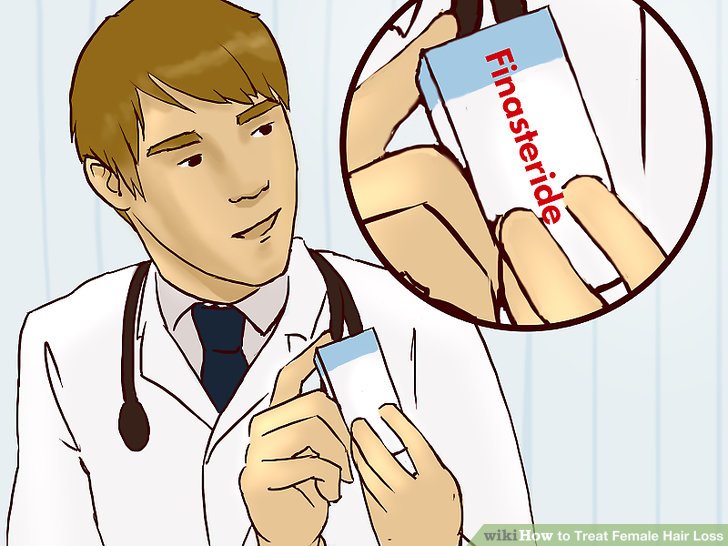
Talk to your doctor about finasteride. Finasteride is the only other drug approved to treat hair loss, but it is only approved for use in men.
Finasteride use has been shown to improve hair growth and slow down the process of hair loss in men, however research studies are ongoing into finasteride use in women.
Studies with finasteride in women are ongoing and showing promising results. Depending on your individual appearance, other medications you are taking, your age, and other medical conditions you may have, your doctor may consider using finasteride or a similar agent.
Finasteride use in women is not FDA approved, so your doctor would prescribe this to you in a manner known as off-label prescribing.
Women of childbearing potential should not even touch tablets containing finasteride due to the documented risk of birth defects.
The most common side effects of using finasteride in men include decreased sex drive and decreased sexual function. Other common side effects include dizziness or fainting when getting up from a sitting or resting position, chills, and sweating.
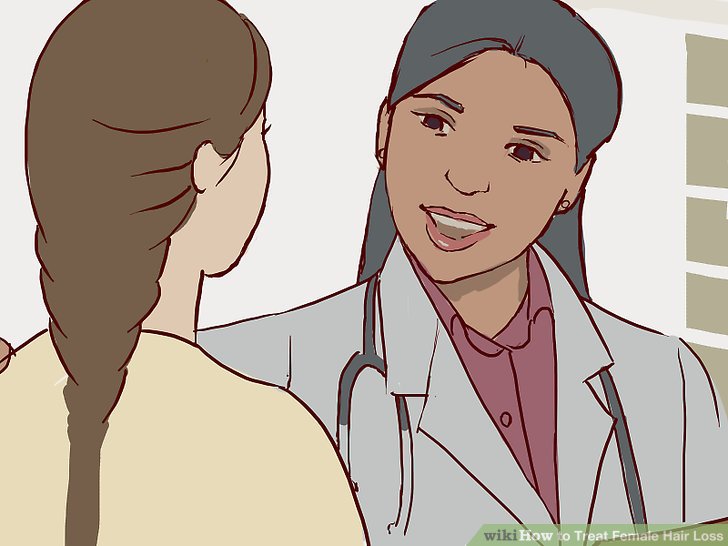
Ask your doctor about other possible medications. Some medications have side effects that lead to hair growth. In some cases, these drugs may be suitable for use in women to treat hair loss.
These drugs are not FDA approved to treat hair loss. Some medications that may be helpful are spironolactone, cimetidine, other medications that fall in the same class as finasteride, birth control pills, and ketoconazole.
While these or similar remedies may prove helpful in treating your hair loss, they have other effects that they are FDA approved to treat. Talk to your doctor about using these medications. Your doctor will consider your other medications and any existing medical conditions when treating your hair loss.
- Exploring other treatment options
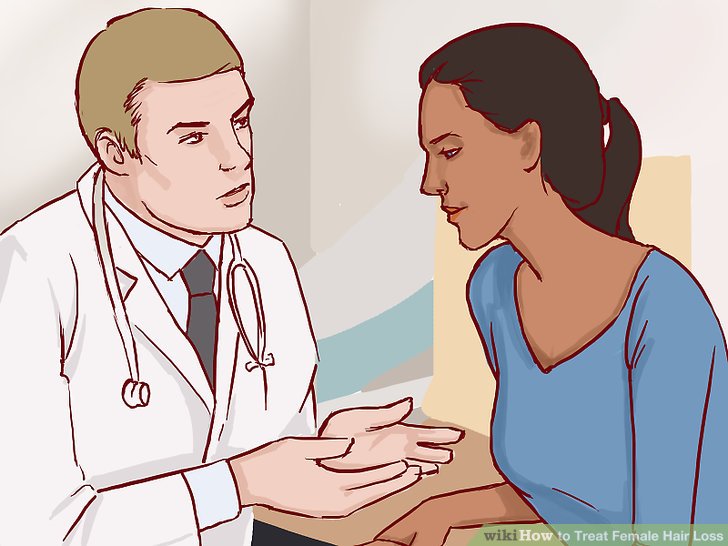
Consult a hair transplant surgeon. Hair transplantation involves removing healthy hair follicles from areas of your scalp where your hair is thick and transplanting them to areas where the hair is thinning or where hair loss is most evident.
In this type of procedure, hundreds of hair follicles are removed and transplanted to where they are needed.
Although hair transplants are expensive, the results are very good and permanent.
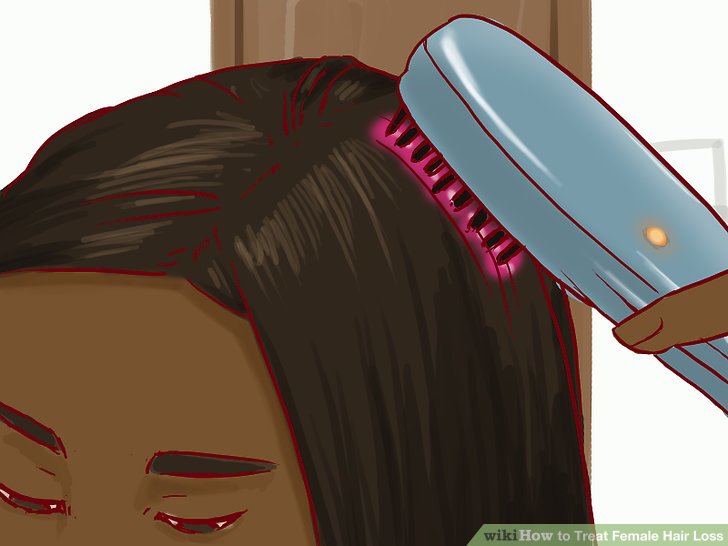
Ask your doctor about low-level light therapy. The process of Low Level Light Therapy, or LLLT, was discovered in the 1960’s and found to be helpful in promoting wound healing.
There are several products available and FDA approved that use LLLT technology. While the documented results of this form of treatment do not meet scientific standards of effectiveness, many individual patients have seen positive results.
The underlying mechanism of action of LLLT is not fully understood, but studies have shown that a change occurs at the cellular level and improves hair growth in many people. More work is required to develop products that work more efficiently.
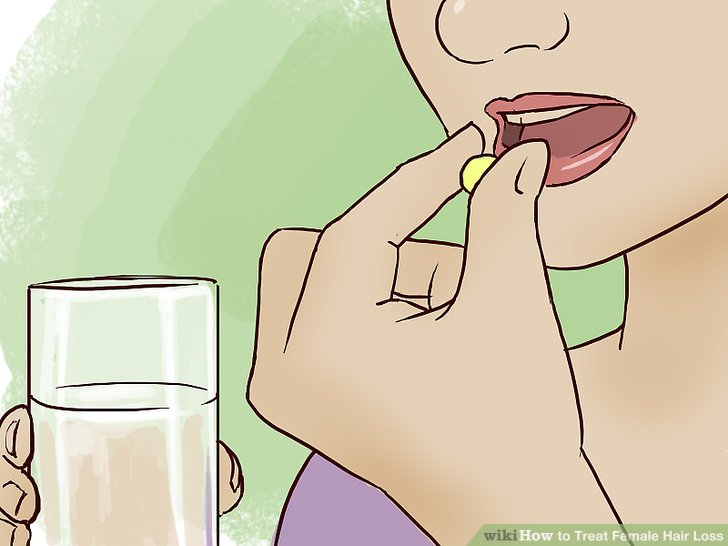
Consume vitamins and nutrients. Work with a nutritionist to develop a diet rich in vitamins or nutrients that you may not routinely eat or that your doctor may have determined are deficient. Take vitamins or supplements that can provide extra doses beyond what you get in the diet.
Consume products containing omega 3 and omega 6. The use of omega 3 and omega 6 products is not approved to treat hair loss. However, a study conducted on women with FPHL showed good results when they took products containing omega-3 and omega-6 fatty acids for six months.
Another study conducted on women found positive results when products containing the B vitamins and L-cysteine were taken for four months.
There is only sound scientific evidence that taking vitamins for hair loss has a significant beneficial effect if you have an underlying nutritional disorder.
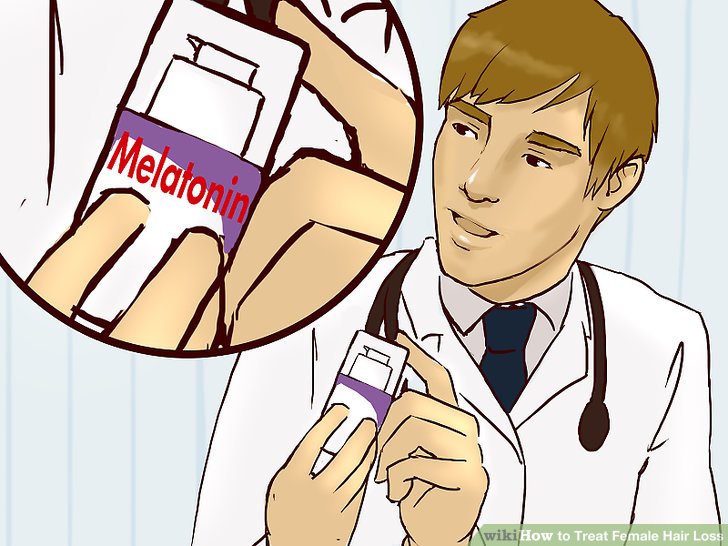
Ask your doctor about taking melatonin. A research study conducted on a small group of women showed positive results in treating hair loss when using melatonin.
The women who participated in this study showed an increase in the anagen phase of hair growth and resulted in an improvement in hair loss.
The women in the study used a 0.1% topical solution of melatonin applied to the scalp for six months.
This was the first clinical study to use melatonin in this way. More research is needed to determine any risks that may be associated with using melatonin in this way.
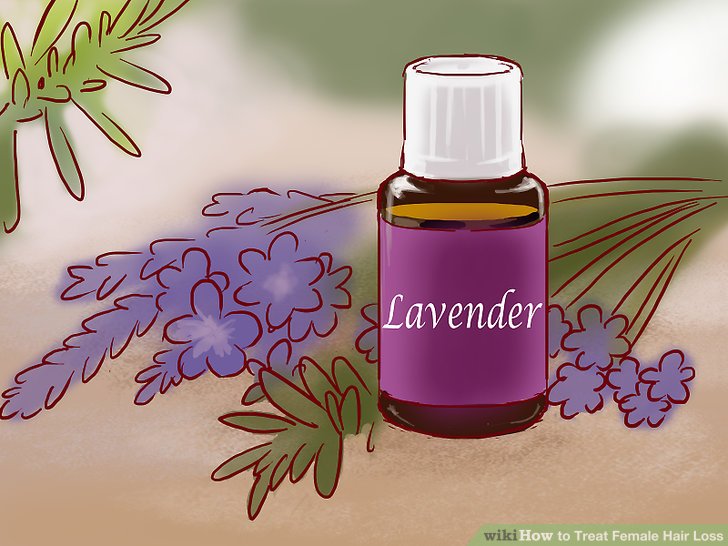
Consider using topical lavender. A small study showed positive results with lavender.
There is very little evidence supporting the use of herbal remedies in treating hair loss, however a preliminary study has shown good results using lavender in combination with other herbal oils in treating some forms of hair loss.
Lavender should not be taken orally. Scalp or skin irritation may occur when lavender is applied topically.

